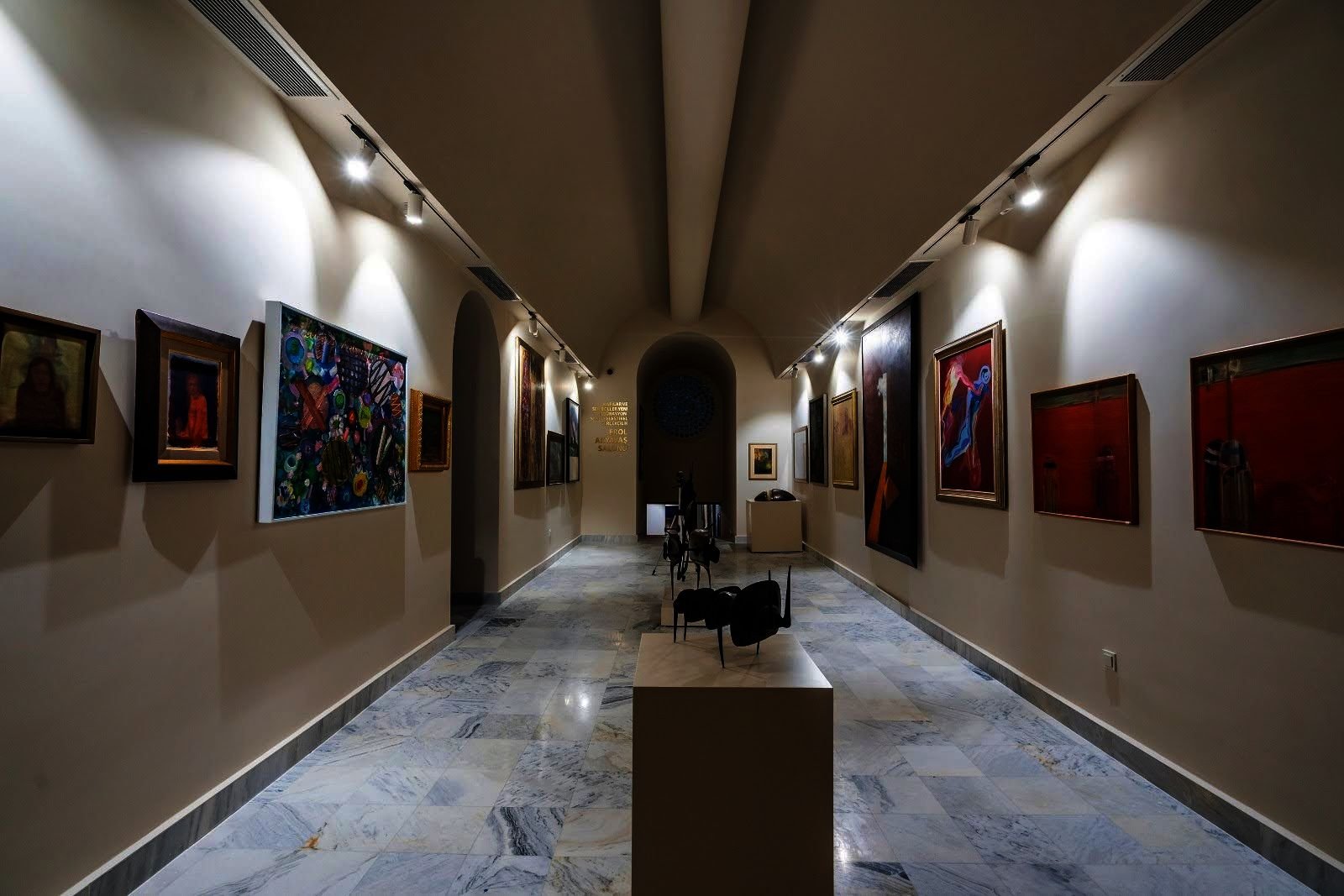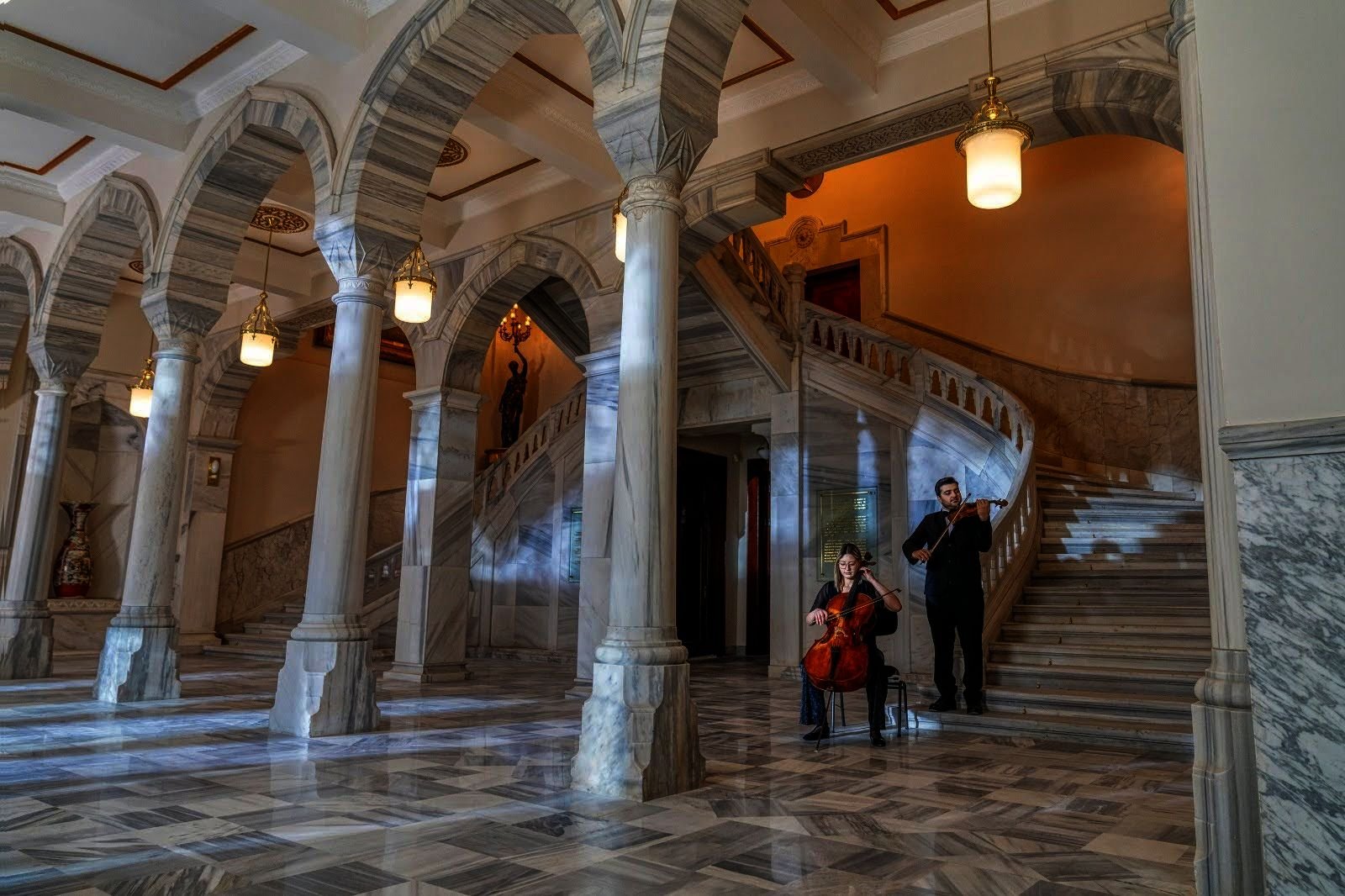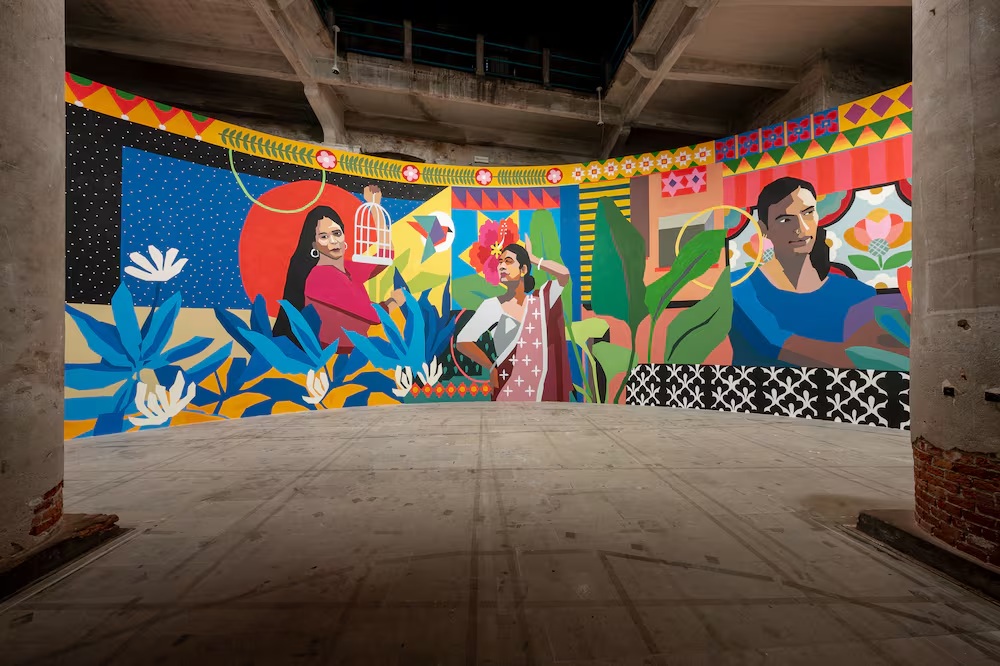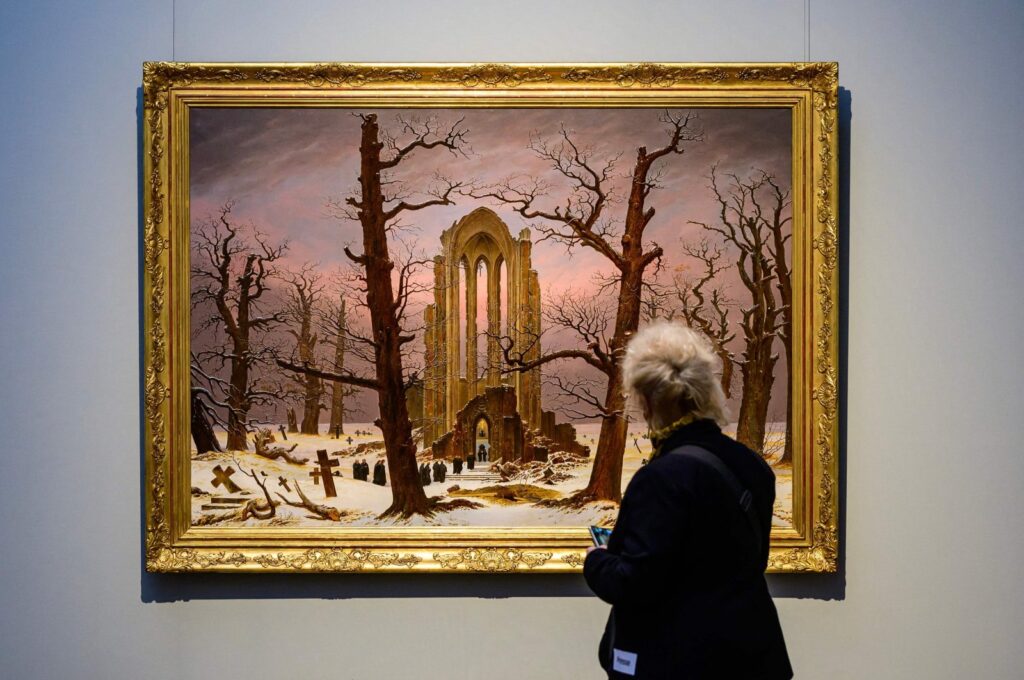
Monitoring Desk
The first art center and an important example of the national architectural movement of the republican era in the capital Ankara welcomes visitors as a renovated cultural venue following its comprehensive restoration
After the Turkish War of Independence was won and the republic was declared, the young nation entered the process of rebuilding itself in every sense. While there were many urgent problems that needed to be dealt with, citizens of the war-torn country were eagerly waiting to build a new nation, mark its existence in the world and reestablish and revive its roots. Giving this young republic an identity and making breakthroughs in the field of culture and art was as important as establishing factories and schools.
First, the Ethnography Museum was built on Ankara’s Namazgah Hill by the order of Turkey’s founder Mustafa Kemal Atatürk. Then, a Turkish Hearth building was planned to be built on the same hill. A competition was held for the project and the winner of this competition was Arif Hikmet Koyunoğlu, the architect of the Ethnography Museum. The building, which we know as the State Art and Sculpture Museum today, was built as the Turkish Hearth’s headquarters building in 1930 on the orders of President Atatürk. Two significant buildings on this hill overlooking Ankara were added to the silhouette of the city as one of the most important structures of the national architectural movement of the Turkish republic.
Decorated with traditional Turkish house motifs, the Turkish Hall in the Turkish Hearth’s building, where Atatürk welcomed his foreign guests and about which he said “I don’t want to leave this place,” remains well-preserved and can still be visited today. Although the Turkish Hall took inspiration from history and was decorated with several traditional motifs found on the exterior and interior of Turkish houses, it has itself become a precious part of history today.


The building hosted meetings and conventions as well as foreign guests. The famous Turkish history convention was held in this building in 1933, and operas were also staged in the great hall in accordance with the new mission of the republic. The first Turkish opera, “Özsoy,” was performed in this building in 1934. The lodge, where Atatürk and then-Prime Minister Ismet Inönü watched the opera, is exactly the same. Its furniture and interiors provide us with a snapshot of the past, taking us on a historical journey. A 400-seat concert hall will serve in the same place as this great hall today.
Although the journey of the building had a majestic beginning, it did not always serve an important purpose as it was sometimes forgotten in its hundred-year adventure that reaches the present. In 1975, the Ministry of Culture took over the building to use it as the State Art and Sculpture Museum, and the former Turkish Hearth building was put into service in 1980 as a culture and arts center with its new face. With conferences and concerts held here, an important contribution to the art life of Ankara began again.
Last restoration
Despite the occasional and sometimes even faulty restorations and renovations, the building has never been extensively overhauled. The most comprehensive and faithful restoration of the State Art and Sculpture Museum was initiated in 2019 by the Ministry of Culture, with the directive of President Recep Tayyip Erdoğan. With state-of-art technology used in the restoration process, this century-old building was restored meticulously to retain its original features.


The State Art and Sculpture Museum hosts an invaluable collection. This collection of historical paintings that witnessed the construction of the republic and modern Turkey was also overhauled along with the tired and aging building.
The Ministry of Culture has installed an electronic storage system equipped with the latest technology that will be activated in case of disasters such as fires, floods and earthquakes in the building as there was no professional storage technique before. Faulty or inaccurate restorations carried out earlier were also removed, and the building was transformed into its original form. For example, the later additions to the Turkish Hall and the tile roof, that had taken the place of the original copper roof, was also removed. The original charm of the building was restored with the copper-plated roof that was placed during the latest restoration. State-of-the-art alarm and camera systems have been installed in the building, which has been made it earthquake resistant.

The museum contains the rarest works of contemporary Turkish painting. These works will now frequently meet art lovers with the refined curatorial approach of contemporary museology at various exhibitions after receiving necessary restorations. The inventory work, which was left idle for a long time, was also recorded in the digital environment with all the details such as how many works the museum houses and to whom and which period these works belong.
Collection
Although we call the building of the Ankara State Art and Sculpture Museum a century-old construction, contemporary Turkish painting art dates back to the 19th century. In the last period of the Ottoman Empire, Western-style painting became very common both in the palace and among the elites around. The collection of the museum provides the opportunity to witness the evolving understanding of art and major historical processes in Turkey from the end of the 19th century to the present. The visual chronology of recent history has been recorded well thanks to these surviving works, in which both domestic and street life are depicted.

Invaluable works by the leading figures of the art of painting, from Osman Hamdi Bey to Şeker Ahmet Pasha, from Ibrahim Çallı to Bedri Rahmi Eyüpoğlu, will be on display for the visitors in the museum. Osman Hamdi Bey’s “Silah Taciri” (“Gun Salesman”), Vasily Vereshchagin’s “The Tomb of Tamerlane,” Fausto Zonaro’s “Portrait of a Young Girl” and Emel Cimcoz’s “Türk Çocuğunun Atatürk’e Şükranı (“Turkish Child’s Gratitude to Atatürk”) are among the important works of the collection.
The collection of the Ankara State Art and Sculpture Museum, which is one of the most important archives of Turkey’s history of visual arts for more than a century, awaits its visitors with 3,632 works, paintings, sculptures, ceramics, original prints, Turkish ornament art and photography.
A note to future generations
The strength of states and societies is often determined by how deep-rooted their ties are with history. It is one of the most fundamental duties of future generations to establish and sustain these ties. As well as bringing new works to society, preserving and keeping the existing works alive is one of the most basic conditions for the continuity of social memory and the bond of belonging that is established between generations.

It is a proud development that one of the most important works of the architectural movement of the republic carried out under the leadership of Atatürk is considered a part of the cultural movement that is being carried out with the opening of libraries, opera halls and orchestra buildings under the leadership of Erdoğan. As a matter of fact, in recent years, many cultural riches, from cemeteries that were left idle as people tried to dissociate themselves from the Ottoman Empire, have been protected, and these places have been repaired, restored and brought back to society.
History should be accepted with all its aspects, without any distinctions and exceptions. All the works that have survived to date are gains for us, and societies can only strengthen these gains by protecting their roots. This article was written a hundred years after the Turkish Hearth was built. Hopefully, future generations will be able to surround the future with the strength they derive from their roots hundreds of years later and follow the traces of history that have lived on.
Courtesy: Dailysabah
The post Ankara Art and Sculpture Museum: Architectural to cultural movement appeared first on The Frontier Post.








